My only practical experience with C-54s is one test flight in 1982 where my friend Jim Baughman let me steer the airplane around a bit. As far as the quotation from the book concerning icing problems with the C-54 flying over the Hump, it sounds more like impact icing rather than carburetor icing. I did a bit of research and found some interesting material in the C-54 Pilot Training Manual.
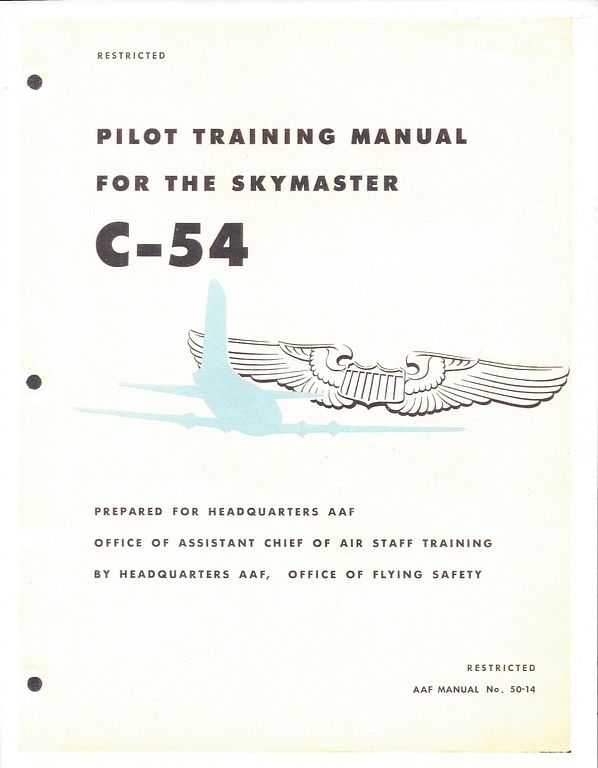
This page has a section on flying in turbulent air that is relevant to flying the Hump. Transport category aircraft are only usually only streesed for +2.5 Gs and -1 G, so flying in severe turbulence requires a special technique to prevent structural failure. That would be one reason for flying a lower airspeed. I don't know the G limits off hand for the C-46 and C-47, although I just checked in a Douglas Operations Manual from 1942 for a DC-3 and it shows a positive G limit of 2.5 at maximum gross weight, so they are probably the same as for the C-54.
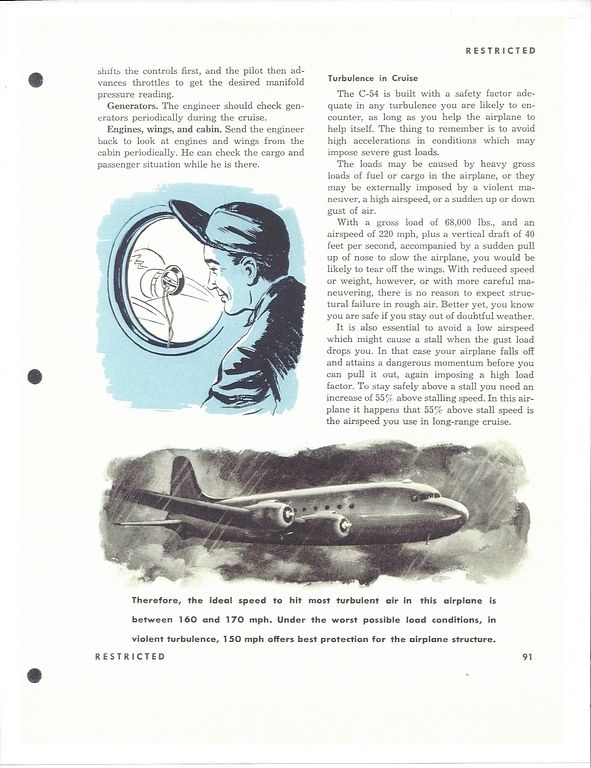
This page discusses the use of High Blower versus Low Blower. This is definitely a factor for flying the Hump. That said, the C-46 and C-47 would likely also have to use High Blower above 15,000 feet.

This page discusses the difficulty in recognizing that an engine has stopped developing power in a 4 engine airplane in cruise. It sounds ridiculous, but I can tell you from experience that an engine can run out of fuel or ice up and die and there would be no dramatic or obvious indications unless the airplane has BMEP indicators or Torquemeters. The manifold pressure will not change as long as the power setting is below ambient barometeric pressure. If boost is required, the failure would be more apparent. The RPM of the engine can be changed and it will operate normally. The first indication of a problem will be a minor decrease in indicated airspeed and lowering CHT and oil temp. Strange, but true. As a matter of fact, when I was in Northern Air Cargo's C-118 flight simulator a few years ago, the instructor tried to simulate a complete magneto failure in cruise, but I didn't recognize it as such because the engine would show a higher than barometric manifold pressur if I advanced the throttle. After discussing this with the instructor, he decided that the simulator was only a machine and not quite that sophisticated. It was state of the art for 1953 with IBM punch cards and vacuum tubes by the hundreds, if not thousands. An amazing machine, none the less.
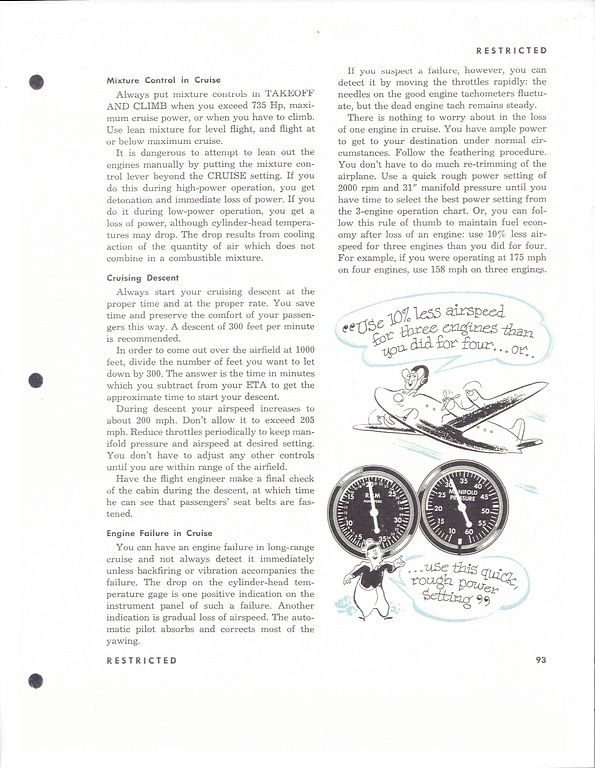
At the bottom of this page, there is a statement that seems difficult to believe about there being no authenticated cases of carburetor icing in C-54's. It does give the procedure for dealing with carb ice, however that is continued on the following page.
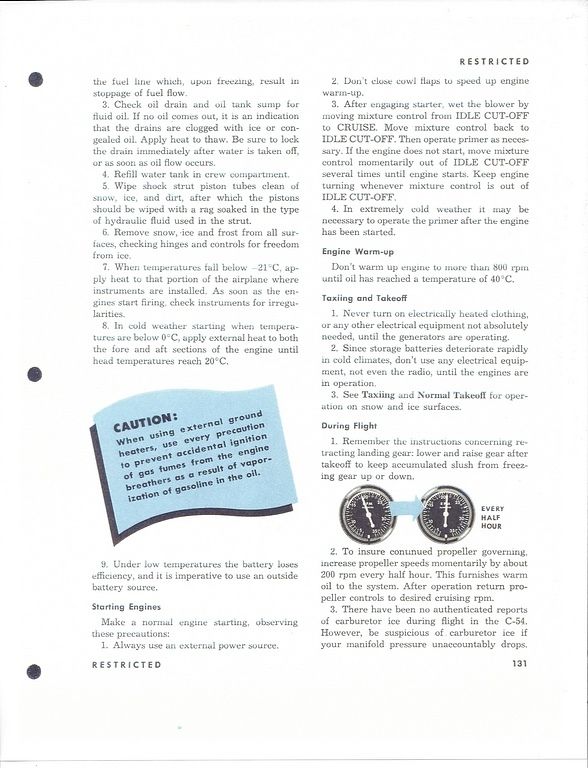
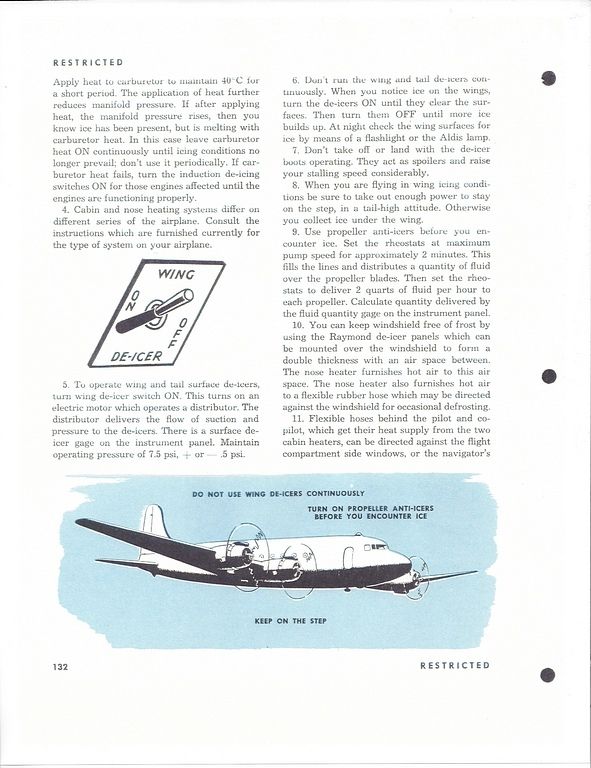
This also warns to "Keep on the step" when using the de-icers and anti-icers. This refers to recovering airspeed if the airplane enters a more nose high attitude when the systems are used. The normal procedure for leveling off at cruise altitude was to initially climb about 500 feet higher than the desired cruise altitude and the descend rapidly to the cruise altitude to gain a few extra knots. this airspeed would usually stabilize at a considerably higher number than if you levelled off as soon as cruise altitude was reached. I've met numerous little airplane flight instructors that will show me on the blackboard that this is a myth. Maybe so, but I know from experience that it works. It's pretty hard to get away with in the age of Mode C transponders, though.





